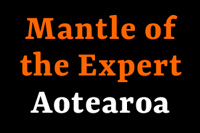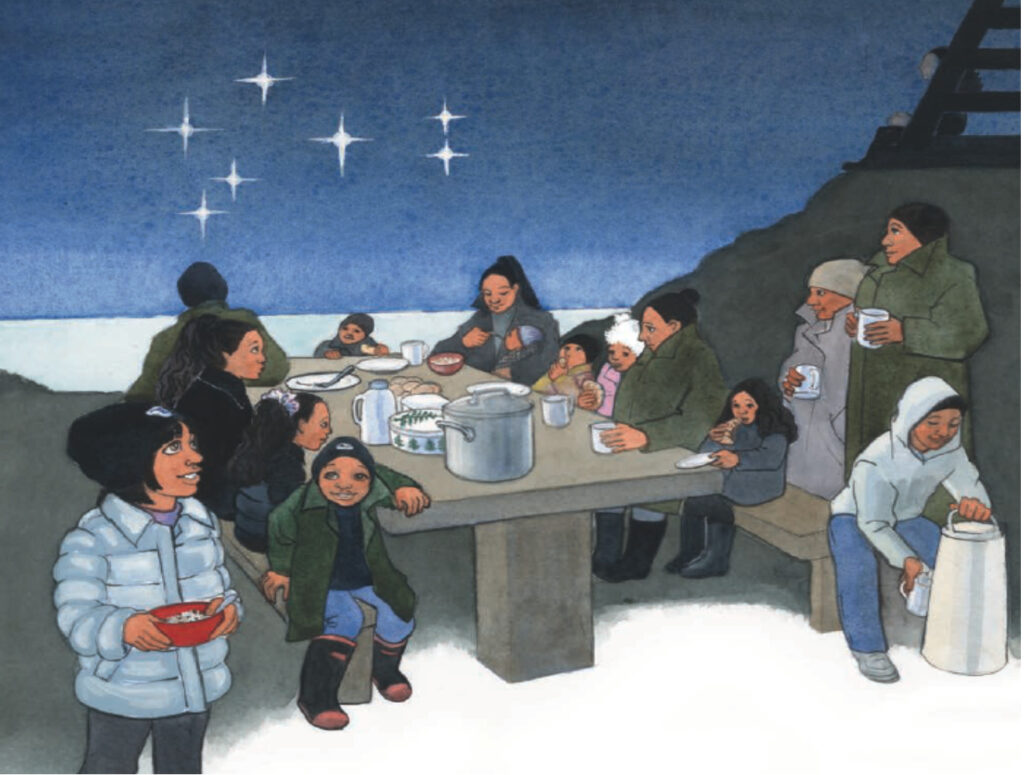Exploring Matariki through DI
2022 sees the first official celebration of Matariki as a public holiday. Here are two teaching resources to support you to explore the meaning of this special festival with your class.
First, a lovely playful learning adventure for younger children, created by Whakarongo Tauranga. This one is loosely based on the book Tirama Tirama Matariki. In this learning adventure, tamariki are asked to help Kiwi and friends search for Matariki, and discover the stories told about the stars. The planning supports inquiries into lots of different aspects of Matariki. Whakarongo created this for teachers in her own kura, and has generously made it available to others who may be looking for ideas. Kia ora Whakarongo! If you use or adapt this plan, please acknowledge Whakarongo and also Rebecca Larsen who wrote and illustrated the book.
Secondly, we have this resource, written by myself. It is based on the story Matariki Breakfast by Andrē Ngāpō & Rozel Pharazyn – a text from the “Ready to Read” series, which is readily available in most schools. In this plan, children step into role as Kara and her family as they prepare their special breakfast – choosing details like what’s in the pot, and what warm clothes to wear. The plan also uses simple paper cut outs and a waiata to bring a sense of magic to the retelling of a traditional story of Matariki and her children.
I wrote this plan last year, and have really enjoyed teaching it in a number of classes from year 1-6. You’ll see the planning is very detailed as it’s designed to be picked up and used by kaiako with little or no prior knowledge of DI. It also includes some information on how the planning was developed. If you use and adapt this plan, please acknowledge myself as original author and the writer and illustrator of the text.
As with all planning offered freely on this site, these resources belong to the original authors and are not to be on-sold for profit nor distributed in any other form.



Leave a Reply
Want to join the discussion?Feel free to contribute!